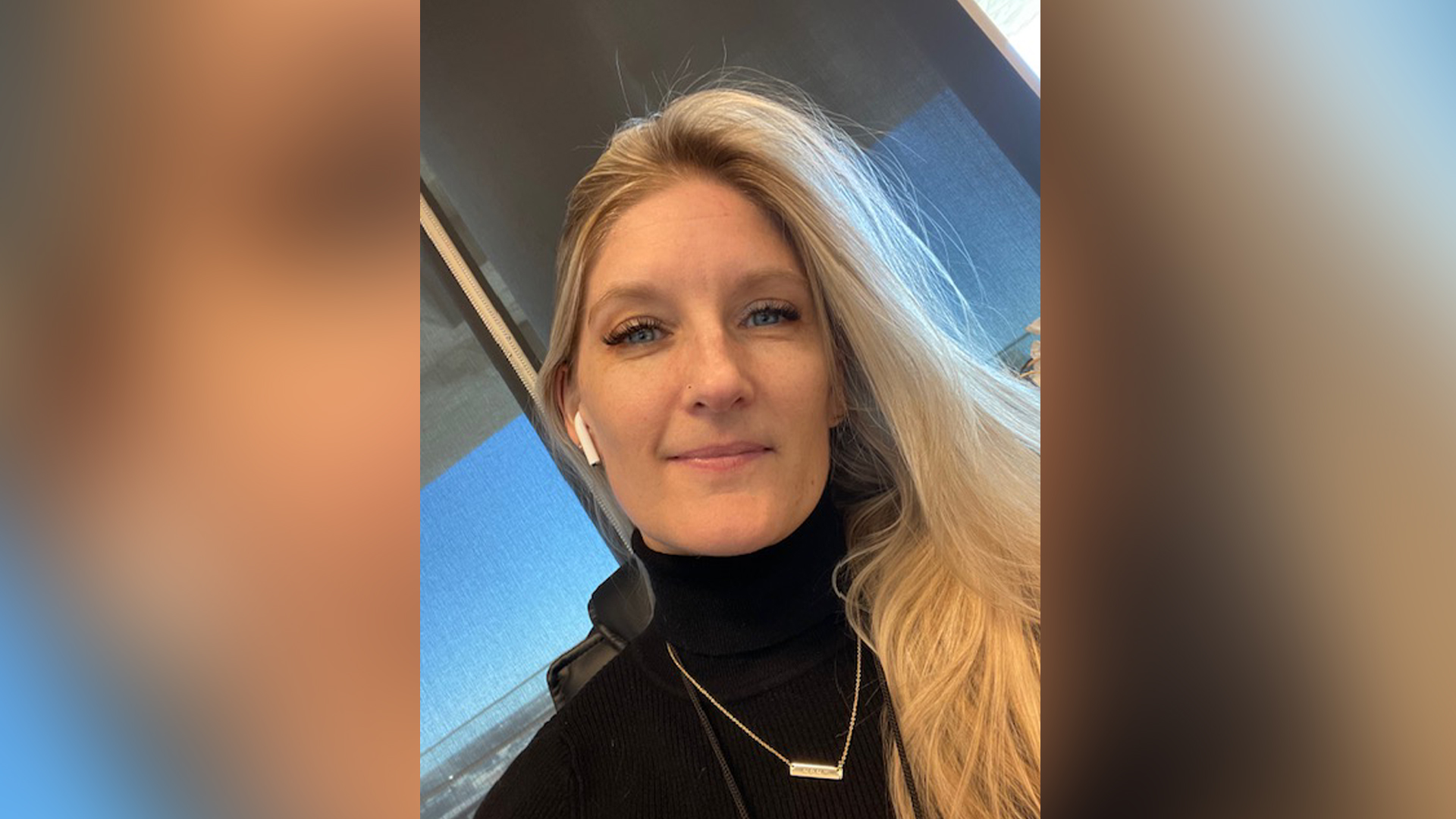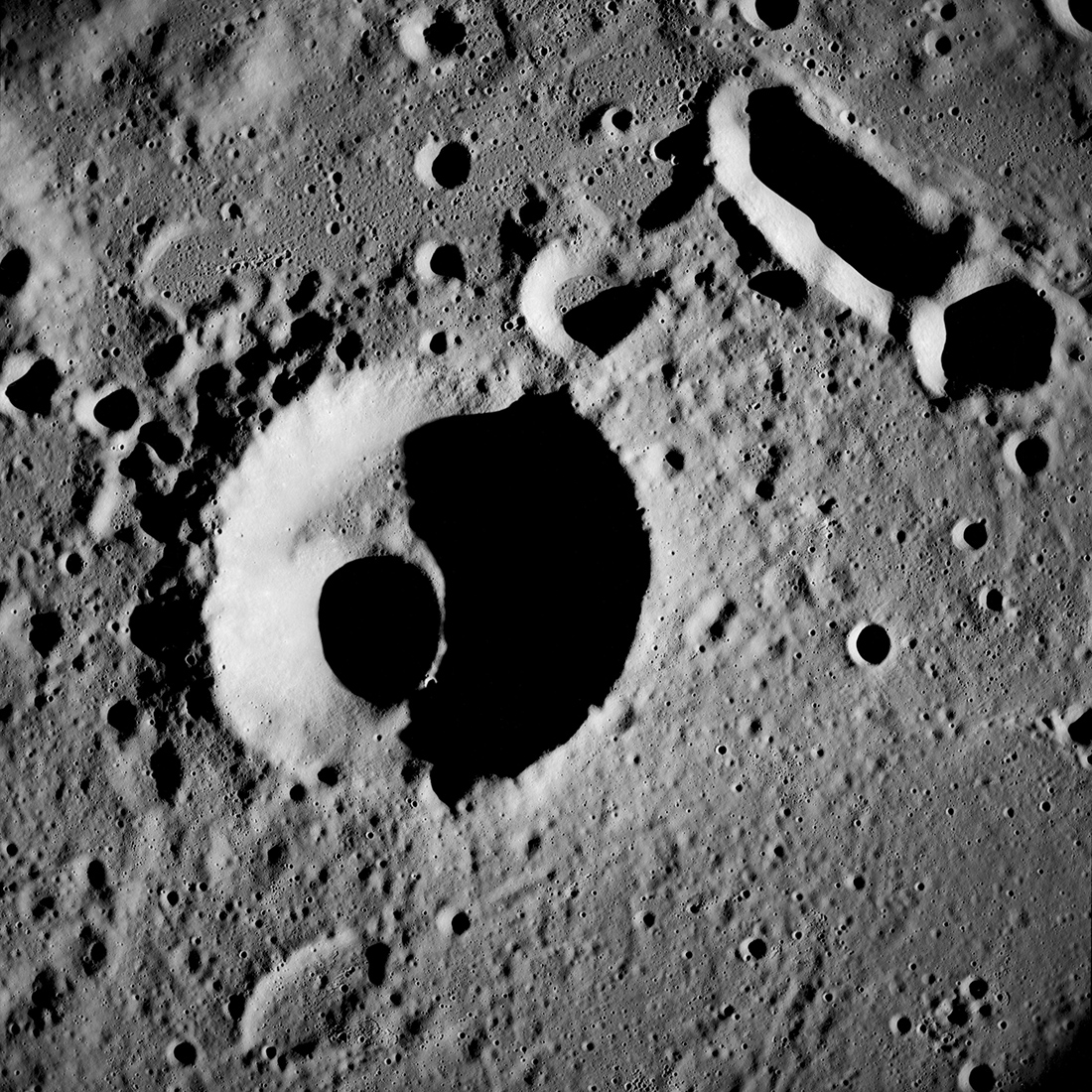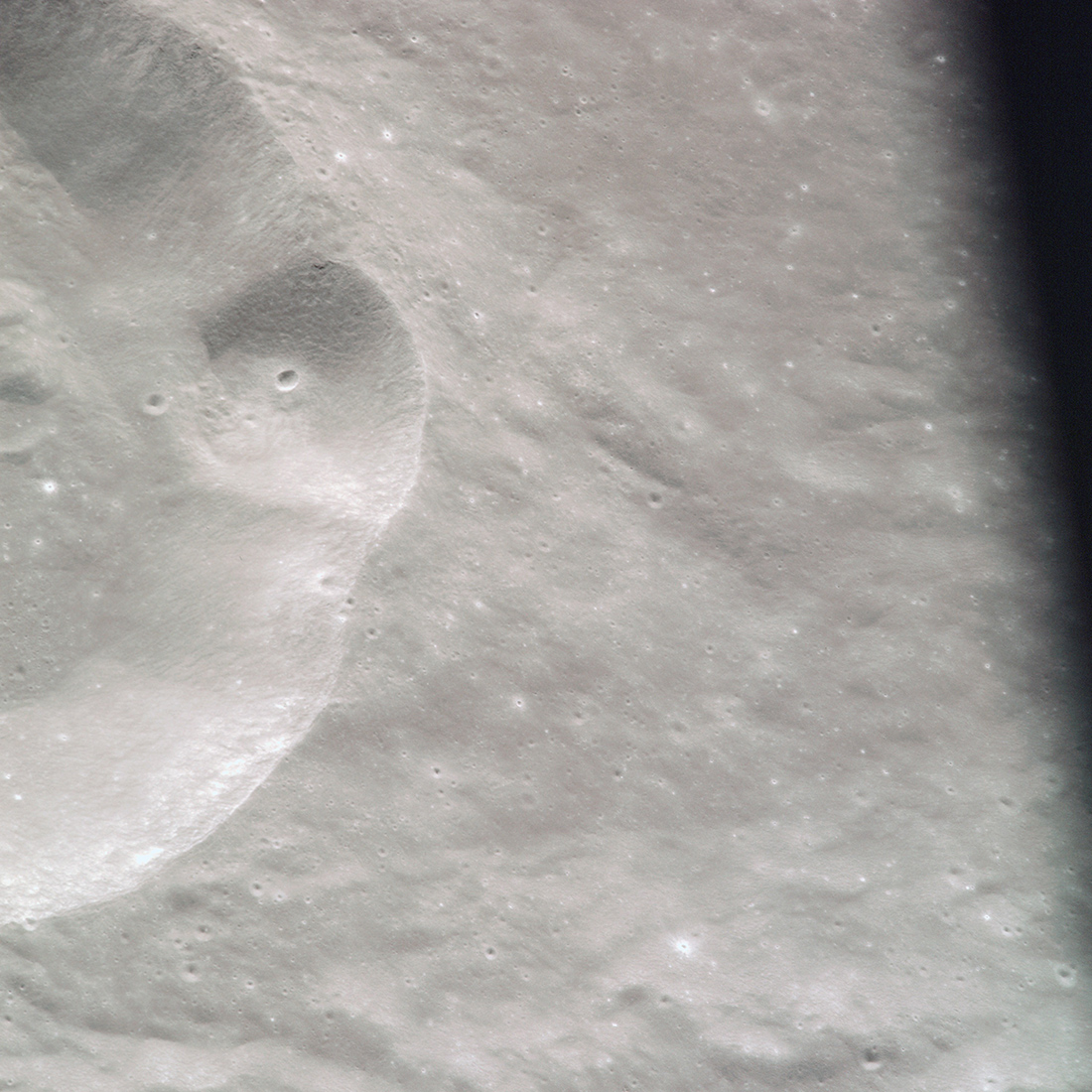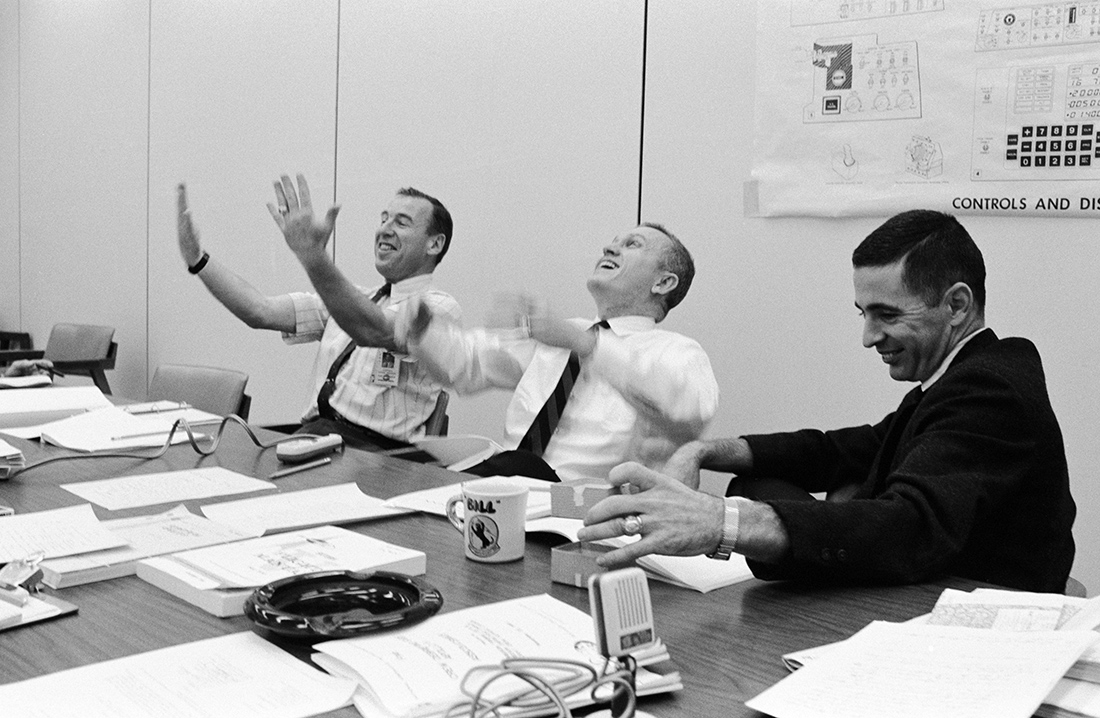Apollo 8: NASA's First Crewed Trip Around the Moon in Pictures
Cavity Within a Cavity
In this image of a 50-square-mile area, captured by the Apollo 8 spacecraft while in lunar orbit, only a portion of a 250-mile-in-diameter crater is visible. The large crater featured in the photo is roughly 20 miles across.
Farside of the Moon
The Apollo 8 spacecraft snapped this nearly vertical perspective of the surface of the farside of the moon.
Unique Textures
From a near-vertical angle, a camera with a telephoto lens aboard the Apollo 8 spacecraft during the lunar orbit mission took this photo of a roughly 20-square-mile area of the moon's farside surface. The image reveals a section of 100-mile-diameter crater.
Revealing Images
During the Apollo 8 lunar orbit mission that lasted six days in December of 1968, astronauts captured images of the farside of the moon like this one. The roughly 20-square-mile area seen here is only part of a 100-mile-diamter crater seen from an almost vertical position above Earth's natural satellite.
Bright Lines
Looking northeast from the vantage point of the Apollo 8 spacecraft in orbit around the moon, the lunar surface is covered with bright lines. Near the bottom of the image, the Joliot-Curie crater, at around 175 kilometers in diameter, is the source of these lineations.
Streaking Through the Night
On December 27, 1968, the Apollo 8 spacecraft carrying astronauts Frank Borman, James A. Lovell Jr., and William A. Anders re-entered Earth's atmosphere and streaked across the sky. The U.S. Air Force Airborne Lightweight Optical Tracking System (ALOTS) camera on a KC-135-A aircraft captured the event from 40,000 feet.
Back from Space
On December 27, 1968. the Apollo 8 capsule is hoisted onto the USS Yorktown, the prime recovery carrier, with its flotation collar still attached.
Breaking space news, the latest updates on rocket launches, skywatching events and more!
Proud Crew
Following being lifted from the capsule to the prime recover ship, the USS Yorktown, the Apollo 8 crew — astronauts, from left to right, Frank Borman, commander; James A. Lovell Jr., command module pilot; and William A. Anders, lunar module pilot — exits the recovery helicopter.
Warm Welcome
Despite the late hour, thousands of people welcomed the Apollo 8 crewmembers at Ellington Air Force Base on December 29, 1968 after their successful and historic Apollo 8 lunar orbit mission. After six days in space, astronauts Frank Borman, James A. Lovell Jr., and William A. Anders flew from the pacific recovery area near Hawaii to Houston, Texas.
Talk it Out
On December 30, 1968, astronauts Frank Borman, James A. Lovell Jr., and William A. Anders, the crew of the historic Apollo 8 lunar orbit mission, took part in a technical de-briefing.

Christine Lunsford joined the Space.com team in 2010 as a freelance producer and later became a contributing writer, covering astrophotography images, astronomy photos and amazing space galleries and more. During her more than 10 years with Space.com, oversaw the site's monthly skywatching updates and produced overnight features and stories on the latest space discoveries. She enjoys learning about subjects of all kinds.










